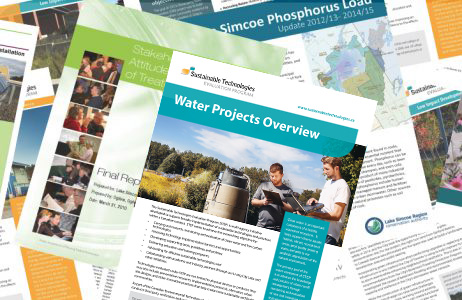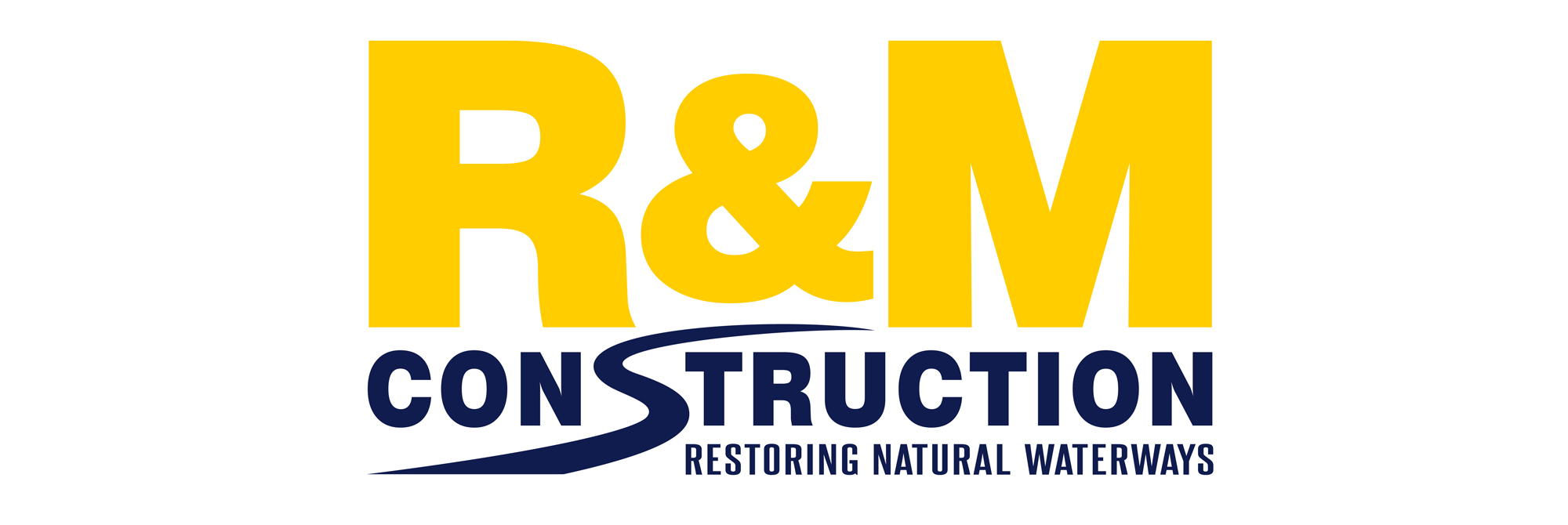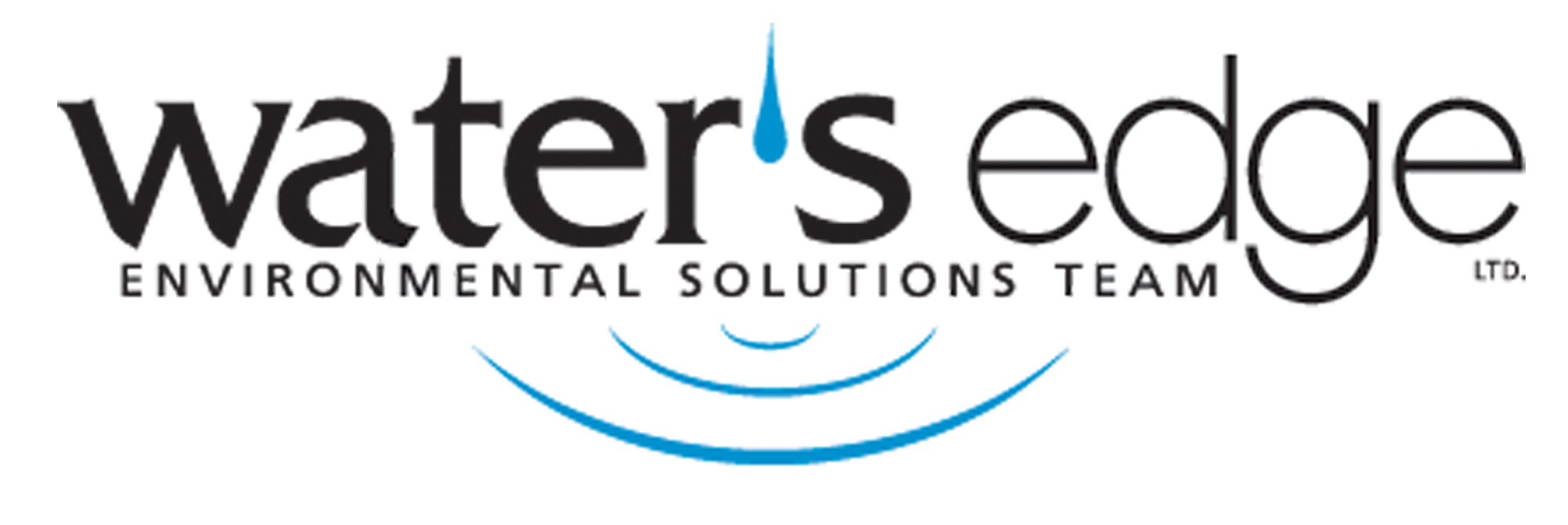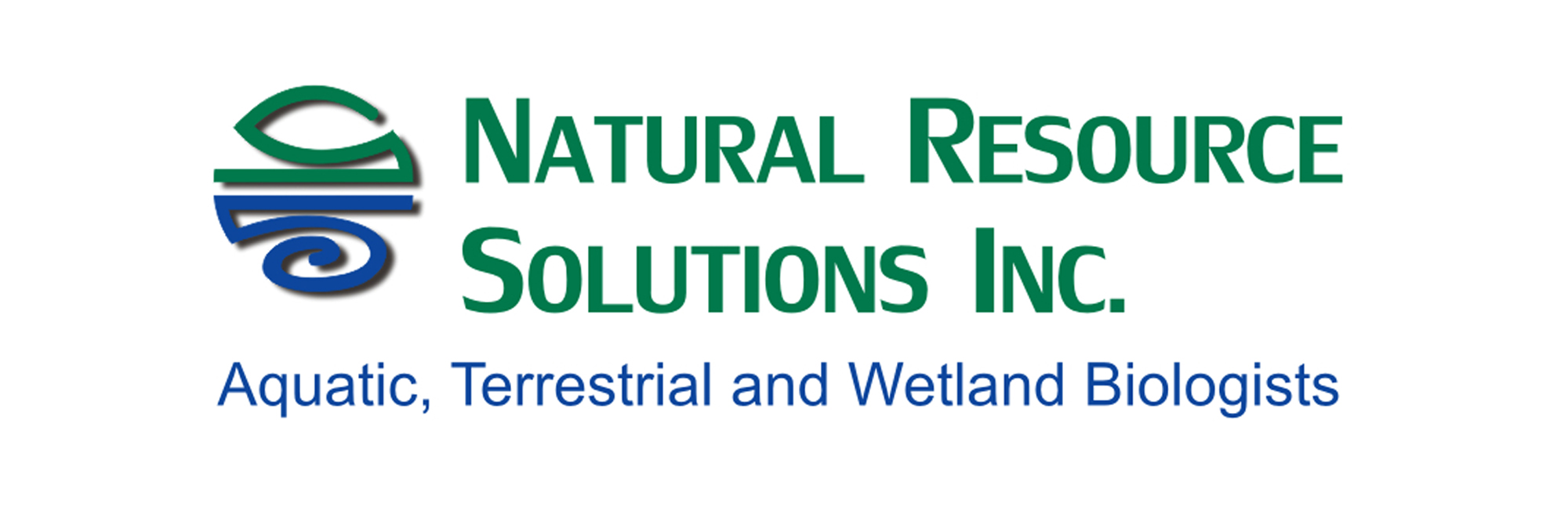STREAM RESTORATION SYMPOSIUM 2019
Lessons Learned from Stream Restoration in Other Jurisdictions
Presentations from Nov. 13, 2019 | Brampton, ON
Many countries are actively involved in stream restoration, often to offset impacts to aquatic habitat that result from land development activities. Much has been accomplished to advance the state of practice within individual jurisdictions, however there has been limited exchange across borders to share knowledge and to raise collective awareness around best practices.
This one-day symposium included presentations highlighting lessons learned from stream restoration experts from across the United States. Presentations provided insight into the design and construction process and the regulatory environment. Presenters included designers, regulators, contractors, researchers and mitigation bankers. The symposium facilitated the exchange of information with the intent of helping to advance the science of stream restoration and improve the quality of stream work here in Canada.
Event partners:
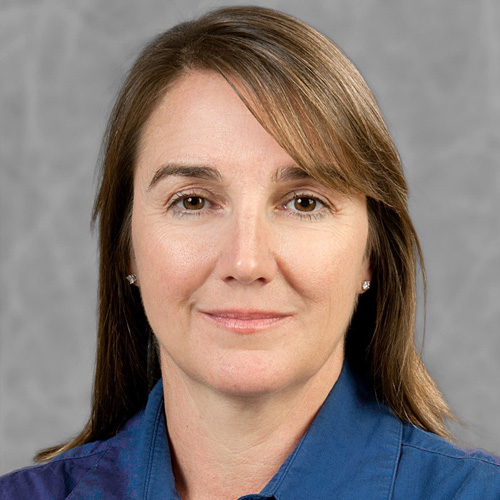 THE ROLE OF UNIVERSITIES IN MOVING STREAM RESTORATION FORWARD
THE ROLE OF UNIVERSITIES IN MOVING STREAM RESTORATION FORWARD
Barbara Doll, Assistant Extension Professor in Biological and Agricultural Engineering, North Carolina State University, Raleigh, NC
– Demonstration projects
– Trying risky techniques
– Graduate students
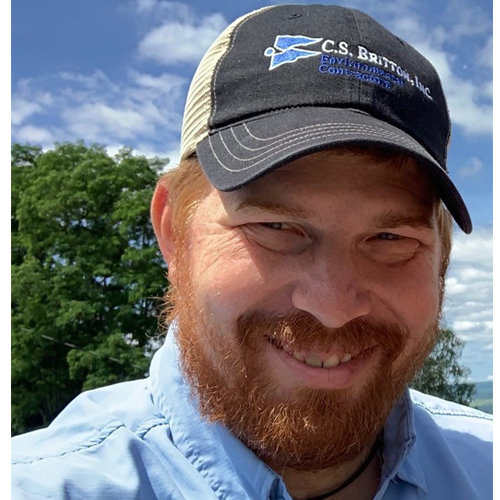 THE MANY USES FOR REGIONAL CURVES
THE MANY USES FOR REGIONAL CURVES
Dave Bidelspach, Owner,
5 Smooth Stones Restoration PLLC., Fort Collins, CO
– Different types of curves
– Applications in design
– Applications for regulators
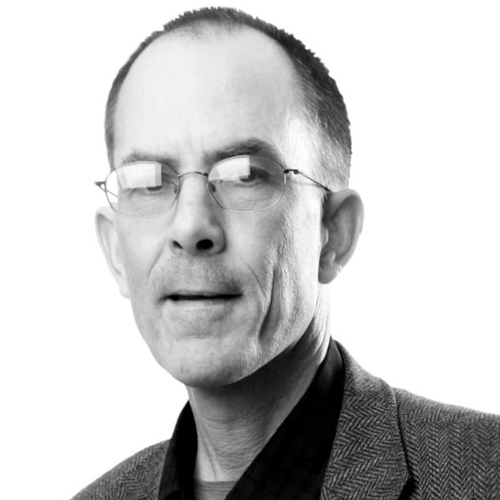 DAM REMOVAL AND STREAM RESTORATION
DAM REMOVAL AND STREAM RESTORATION
Mike Chelminski, Principal and Sr. Engineer,
Stantec, Northampton, MA
– Issues associated with aging dams
– Removal of dams
– Stream restoration opportunities and challenges associated with dam removal
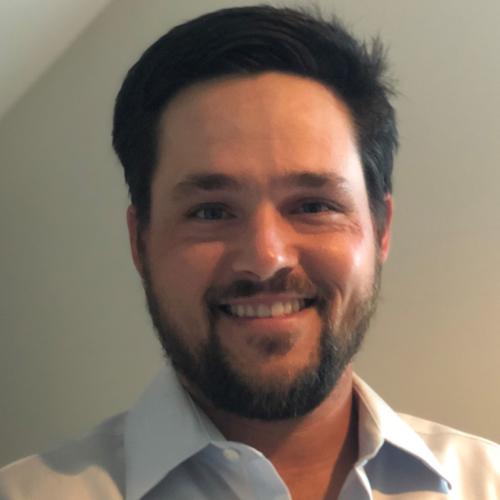 TRENDS IN DESIGN AND CONSTRUCTION: A CONTRACTORS PERSPECTIVE
TRENDS IN DESIGN AND CONSTRUCTION: A CONTRACTORS PERSPECTIVE
Riley Lecka, Director of Construction,
Wildlands Engineering Inc., Charlotte, NC
– Build in the wet
– Use of wood, sod mats, hay bales
– Use of 3 D surface to build projects
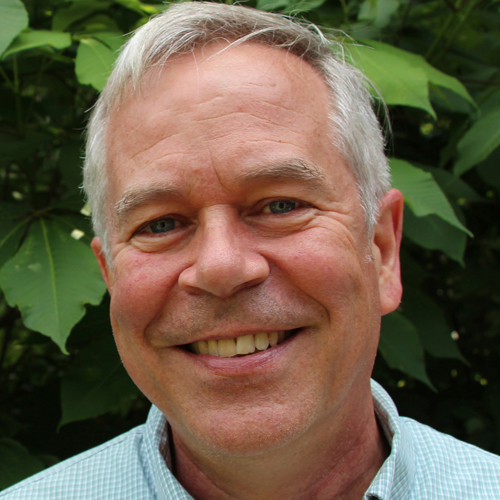 REGENERATIVE STREAM CONVEYANCE
REGENERATIVE STREAM CONVEYANCE
Joe Berg, Senior Restoration Ecologist,
Biohabitats, Baltimore, MD
– A new technique for stream restoration in urban areas
– Possible applications
– Benefits (water quality and water quantity)
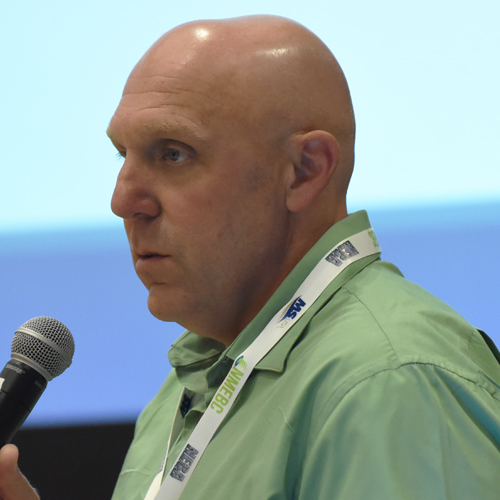 LESSONS LEARNED FROM NORTH CAROLINA’S IN-LIEU FEE PROGRAM
LESSONS LEARNED FROM NORTH CAROLINA’S IN-LIEU FEE PROGRAM
Tim Baumgartner, Director, Division of Mitigation Services,
Department of Environmental Quality, Raleigh, NC
– History of program
– Technical lessons learned (rock cross-vanes, wood, etc.)
– Program lessons learned (benefits of full delivery, do not sell credits too inexpensively)
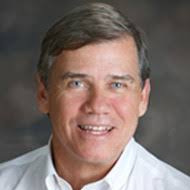 THE STREAM BANKING INDUSTRY IN THE U.S.
THE STREAM BANKING INDUSTRY IN THE U.S.
George Kelly, CEO and Founder,
Bespoke Mitigation Partners, Denver, CO
– What is 3rd party banking?
– How big a business is this?
– What are the benefits of 3rd party banking?
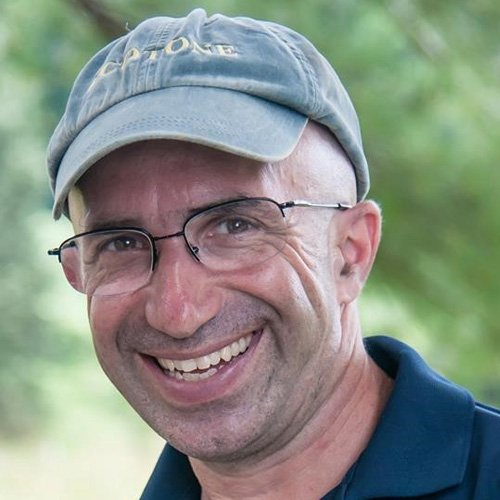 USING BEAVERS FOR STREAM RESTORATION
USING BEAVERS FOR STREAM RESTORATION
Scott McGill, Founder and CEO,
Ecotone, Baltimore, MD
– Beavers were once plentiful in North America and played a role in stabilizing streams
– Beavers have generally been considered the enemy of stream restoration projects
– Beavers are now being used to help stabilize streams and offer many benefits
 Barbara Doll, Assistant Extension Professor in Biological and Agricultural Engineering, North Carolina State University, Raleigh, NC
Barbara Doll, Assistant Extension Professor in Biological and Agricultural Engineering, North Carolina State University, Raleigh, NC
Barbara has more than 20 years experience in stream restoration. She is the principal investigator for more than $1M in grants and leads a team of engineers and scientists that conduct outreach and research projects focused on evaluating the performance of stream restoration efforts and developing new techniques for ecological restoration and stormwater management.
Barbara is the leader of the Stream Restoration Program at NC State University, which carries out research, trains students, conducts numerous stream restoration training workshops for professionals and organizes EcoStream, the Southeast Regional Stream Restoration Conference, which is one of five regional stream restoration conference held every two years in the US. The Southeast Conference is attended by more than 400 practitioners and regulators.
Barbara spoke about the role of universities in moving the science of stream restoration forward by training students and professionals, carrying out research and organizing events to facilitate the transfer of information and knowledge
 Dave Bidelspach, Owner,
Dave Bidelspach, Owner,
5 Smooth Stones Restoration PLLC., Fort Collins, CO
Dave has 20 years of experience in stream restoration. He has published more than 20 scientific papers and presented at more than 50 conferences. During that time, he has worked on stream restoration projects in 34 states, 9 Canadian provinces and 2 Territories. Dave pioneered the use of 3D design and GPS enabled construction equipment back in 2007.
Dave is currently involved in a project involving the design and construction of more than 100 km of stream restoration as compensation for a new reservoir for Dallas/Fort Worth. Most recently, Dave has decided to devote considerable energy to creating RiverSHARED, an organization whose mission is to facilitate innovation and excellence in river science and restoration. To that end, Dave has been teaching courses and training staff from many different design firms.
Dave spoke about regional curves, articularly the relationship between drainage area and bankfull crosssectional area, and its value to designers and regulators.
 MICHAEL CHELMINSKI, MS, PE. Principal and Sr. Engineer,
MICHAEL CHELMINSKI, MS, PE. Principal and Sr. Engineer,
Stantec, Northampton, MA
Mike is responsible for technical aspects of ecological evaluation, mitigation, and restoration analyses and designs with specific emphases and expertise in dam removal. He has worked on approximately 100 dam removal studies, including several in Canada, and is the engineer-of-record for 17 completed dam removals. His project experience includes ecological restoration design and monitoring, fish passage assessments and dam safety evaluations.
Mike spoke about the opportunities and challenges for stream restoration presented as we deal with aging infrastructure presented by thousands of dams that are no longer needed or at risk of failure.
 RILEY LECKA, Director of Construction,
RILEY LECKA, Director of Construction,
Wildlands Engineering Inc., Charlotte, NC
Riley Lecka has been constructing stream restoration projects for more than 18 years. He has taken training from Dave Rosgen and is certified in erosion control in 12 states. He has worked with four different firms and constructed more than 100 projects in 40 states. The projects range in size from a few hundred yards of bank stabilization to as long as 30 miles. His favorite project involved the Yampa River in Steamboat Springs Colorado.
The project involved the excavation of a new alignment, toe wood was installed for fish habitat and bank stabilization, and boulder rock structures put in place for grade control. Lastly, sod mats and 15-foot-tall willow transplants were put in place for re-vegetation. Riley loves his work and the opportunities it provides to restore the natural environment.
Riley spoke about some of the trends that he is seeing as a contractor, which included the use of wood for instream structures, design-build as a project delivery mechanism and new technologies for construction (e.g.,GPS guided equipment).
 JOE BERG, PWS, CSE, CERP, Senior Restoration Ecologist,
JOE BERG, PWS, CSE, CERP, Senior Restoration Ecologist,
Biohabitats, Baltimore, MD
Joe is an ecosystems ecologist with more than 30 years experience in the assessment and analysis of natural resources, documentation and permitting experience and the preparation and implementation of restoration plans. The focus of his efforts include restoration of integrate stream, wetland and floodplain functions as a means to deliver ecosystem services to society, increase natural capital, and integrate local community needs with an appreciation of natural resource values. He is the Practice Leader for Ecological Restoration for Biohabitats.
Joe graduated with an M.S. in Marine, Estuarine, and Environmental Science from the University of Maryland in 1984 after two years working on Chesapeake Bay issues as a research fellow.
Joe spoke about regenerative stream conveyance. Originally developed as a technique for managing water quality and water quantity issues associated with stormwater in urban areas, Biohabitats is now applying it to stream channels.
 TIM BAUMGARTNER, BS, Director, Division of Mitigation Services, North Carolina Department of Environmental Quality, Raleigh, NC
TIM BAUMGARTNER, BS, Director, Division of Mitigation Services, North Carolina Department of Environmental Quality, Raleigh, NC
Tim has more than 20 years of experience working with compensatory mitigation both in the private and public sector. As a private mitigation consultant, he developed and managed multiple stream and wetland mitigation projects for both public and private uses.
Tim now manages the North Carolina In-Lieu Fee Program and is responsible for project implementation and credit procurement that meets the needs of North Carolina Department of Transportation and private development. The Division of Mitigation Services has restored more than 1,200 km of streams and more than
11,000 hectares of wetlands over the last 22 years. During that time the DMS has partnered with numerous researchers to help improve the quality of the restoration projects in the southeast.
Tim spoke about the policy and technical lessons learned from administering a large and successful in-lieu fee program.
 GEORGE KELLY, CEO and Founder,
GEORGE KELLY, CEO and Founder,
Bespoke Mitigation Partners, Denver, CO
George has more than 30 years experience in the field of performance-based environmental restoration, including as a mitigation banker. He currently serves as the founder and director of Bespoke Mitigation Partners. He also founded Environmental Banc & Exchange LLC, which was acquired by Resource Environmental Solutions in 2014 and now serves on RES’ Board of Directors.
He has permitted and sold over $200M of environmental credits in the United States relating to water quality, wetlands, streams, stormwater and endangered species in Maryland, Idaho, Montana, Virginia, West Virginia, Pennsylvania, North and South Carolina, Georgia, Texas, Louisiana, California and Florida.
George is also active in representing the mitigation banking industry. He served on the Board of the National Mitigation Bankers Association for ten years and was elected President in 2009. As an advisory member of the International Business for Biodiversity Offsets, George was invited to speak in Alberta about options for providing environmental offsets for oil sands impacts.
George spoke about the mitigation banking industry and the role of the private sector in environmental restoration in the US.
 SCOTT McGILL, BS, Founder and CEO, Ecotone, Baltimore, MD
SCOTT McGILL, BS, Founder and CEO, Ecotone, Baltimore, MD
Scott has more than 29 years of applied experience in both design and construction of ecological restoration projects throughout the United States. His “less is more” approach to design and construction that incorporates conservation biology and adaptive management is widely accepted as an innovative model for sustainable cost-effective ecological restoration.
Scott founded Ecotone in 1998 and since that time the firm has restored more than 130,000 linear feet of stream.
Once thought to be the enemy of stream restoration, Scott spoke about the idea of using beavers to help restore streams and rivers.
 THE ROLE OF UNIVERSITIES IN MOVING STREAM RESTORATION FORWARD
THE ROLE OF UNIVERSITIES IN MOVING STREAM RESTORATION FORWARD
Barbara Doll, Assistant Extension Professor in Biological and Agricultural Engineering, North Carolina State University, Raleigh, NC
– Demonstration projects
– Trying risky techniques
– Graduate students
 THE MANY USES FOR REGIONAL CURVES
THE MANY USES FOR REGIONAL CURVES
Dave Bidelspach, Owner,
5 Smooth Stones Restoration PLLC., Fort Collins, CO
– Different types of curves
– Applications in design
– Applications for regulators
 DAM REMOVAL AND STREAM RESTORATION
DAM REMOVAL AND STREAM RESTORATION
Mike Chelminski, Principal and Sr. Engineer,
Stantec, Northampton, MA
– Issues associated with aging dams
– Removal of dams
– Stream restoration opportunities and challenges associated with dam removal
 TRENDS IN DESIGN AND CONSTRUCTION: A CONTRACTORS PERSPECTIVE
TRENDS IN DESIGN AND CONSTRUCTION: A CONTRACTORS PERSPECTIVE
Riley Lecka, Director of Construction,
Wildlands Engineering Inc., Charlotte, NC
– Build in the wet
– Use of wood, sod mats, hay bales
– Use of 3 D surface to build projects
 REGENERATIVE STREAM CONVEYANCE
REGENERATIVE STREAM CONVEYANCE
Joe Berg, Senior Restoration Ecologist,
Biohabitats, Baltimore, MD
– A new technique for stream restoration in urban areas
– Possible applications
– Benefits (water quality and water quantity)
 LESSONS LEARNED FROM NORTH CAROLINA’S IN-LIEU FEE PROGRAM
LESSONS LEARNED FROM NORTH CAROLINA’S IN-LIEU FEE PROGRAM
Tim Baumgartner, Director, Division of Mitigation Services,
Department of Environmental Quality, Raleigh, NC
– History of program
– Technical lessons learned (rock cross-vanes, wood, etc.)
– Program lessons learned (benefits of full delivery, do not sell credits too inexpensively)
 THE STREAM BANKING INDUSTRY IN THE U.S.
THE STREAM BANKING INDUSTRY IN THE U.S.
George Kelly, CEO and Founder,
Bespoke Mitigation Partners, Denver, CO
– What is 3rd party banking?
– How big a business is this?
– What are the benefits of 3rd party banking?
 USING BEAVERS FOR STREAM RESTORATION
USING BEAVERS FOR STREAM RESTORATION
Scott McGill, Founder and CEO,
Ecotone, Baltimore, MD
– Beavers were once plentiful in North America and played a role in stabilizing streams
– Beavers have generally been considered the enemy of stream restoration projects
– Beavers are now being used to help stabilize streams and offer many benefits
 Barbara Doll, Assistant Extension Professor in Biological and Agricultural Engineering, North Carolina State University, Raleigh, NC
Barbara Doll, Assistant Extension Professor in Biological and Agricultural Engineering, North Carolina State University, Raleigh, NC
Barbara has more than 20 years experience in stream restoration. She is the principal investigator for more than $1M in grants and leads a team of engineers and scientists that conduct outreach and research projects focused on evaluating the performance of stream restoration efforts and developing new techniques for ecological restoration and stormwater management.
Barbara is the leader of the Stream Restoration Program at NC State University, which carries out research, trains students, conducts numerous stream restoration training workshops for professionals and organizes EcoStream, the Southeast Regional Stream Restoration Conference, which is one of five regional stream restoration conference held every two years in the US. The Southeast Conference is attended by more than 400 practitioners and regulators.
Barbara spoke about the role of universities in moving the science of stream restoration forward by training students and professionals, carrying out research and organizing events to facilitate the transfer of information and knowledge
 Dave Bidelspach, Owner,
Dave Bidelspach, Owner,
5 Smooth Stones Restoration PLLC., Fort Collins, CO
Dave has 20 years of experience in stream restoration. He has published more than 20 scientific papers and presented at more than 50 conferences. During that time, he has worked on stream restoration projects in 34 states, 9 Canadian provinces and 2 Territories. Dave pioneered the use of 3D design and GPS enabled construction equipment back in 2007.
Dave is currently involved in a project involving the design and construction of more than 100 km of stream restoration as compensation for a new reservoir for Dallas/Fort Worth. Most recently, Dave has decided to devote considerable energy to creating RiverSHARED, an organization whose mission is to facilitate innovation and excellence in river science and restoration. To that end, Dave has been teaching courses and training staff from many different design firms.
Dave spoke about regional curves, articularly the relationship between drainage area and bankfull crosssectional area, and its value to designers and regulators.
 MICHAEL CHELMINSKI, MS, PE. Principal and Sr. Engineer,
MICHAEL CHELMINSKI, MS, PE. Principal and Sr. Engineer,
Stantec, Northampton, MA
Mike is responsible for technical aspects of ecological evaluation, mitigation, and restoration analyses and designs with specific emphases and expertise in dam removal. He has worked on approximately 100 dam removal studies, including several in Canada, and is the engineer-of-record for 17 completed dam removals. His project experience includes ecological restoration design and monitoring, fish passage assessments and dam safety evaluations.
Mike spoke about the opportunities and challenges for stream restoration presented as we deal with aging infrastructure presented by thousands of dams that are no longer needed or at risk of failure.
 RILEY LECKA, Director of Construction,
RILEY LECKA, Director of Construction,
Wildlands Engineering Inc., Charlotte, NC
Riley Lecka has been constructing stream restoration projects for more than 18 years. He has taken training from Dave Rosgen and is certified in erosion control in 12 states. He has worked with four different firms and constructed more than 100 projects in 40 states. The projects range in size from a few hundred yards of bank stabilization to as long as 30 miles. His favorite project involved the Yampa River in Steamboat Springs Colorado.
The project involved the excavation of a new alignment, toe wood was installed for fish habitat and bank stabilization, and boulder rock structures put in place for grade control. Lastly, sod mats and 15-foot-tall willow transplants were put in place for re-vegetation. Riley loves his work and the opportunities it provides to restore the natural environment.
Riley spoke about some of the trends that he is seeing as a contractor, which included the use of wood for instream structures, design-build as a project delivery mechanism and new technologies for construction (e.g.,GPS guided equipment).
 JOE BERG, PWS, CSE, CERP, Senior Restoration Ecologist,
JOE BERG, PWS, CSE, CERP, Senior Restoration Ecologist,
Biohabitats, Baltimore, MD
Joe is an ecosystems ecologist with more than 30 years experience in the assessment and analysis of natural resources, documentation and permitting experience and the preparation and implementation of restoration plans. The focus of his efforts include restoration of integrate stream, wetland and floodplain functions as a means to deliver ecosystem services to society, increase natural capital, and integrate local community needs with an appreciation of natural resource values. He is the Practice Leader for Ecological Restoration for Biohabitats.
Joe graduated with an M.S. in Marine, Estuarine, and Environmental Science from the University of Maryland in 1984 after two years working on Chesapeake Bay issues as a research fellow.
Joe spoke about regenerative stream conveyance. Originally developed as a technique for managing water quality and water quantity issues associated with stormwater in urban areas, Biohabitats is now applying it to stream channels.
 TIM BAUMGARTNER, BS, Director, Division of Mitigation Services, North Carolina Department of Environmental Quality, Raleigh, NC
TIM BAUMGARTNER, BS, Director, Division of Mitigation Services, North Carolina Department of Environmental Quality, Raleigh, NC
Tim has more than 20 years of experience working with compensatory mitigation both in the private and public sector. As a private mitigation consultant, he developed and managed multiple stream and wetland mitigation projects for both public and private uses.
Tim now manages the North Carolina In-Lieu Fee Program and is responsible for project implementation and credit procurement that meets the needs of North Carolina Department of Transportation and private development. The Division of Mitigation Services has restored more than 1,200 km of streams and more than
11,000 hectares of wetlands over the last 22 years. During that time the DMS has partnered with numerous researchers to help improve the quality of the restoration projects in the southeast.
Tim spoke about the policy and technical lessons learned from administering a large and successful in-lieu fee program.
 GEORGE KELLY, CEO and Founder,
GEORGE KELLY, CEO and Founder,
Bespoke Mitigation Partners, Denver, CO
George has more than 30 years experience in the field of performance-based environmental restoration, including as a mitigation banker. He currently serves as the founder and director of Bespoke Mitigation Partners. He also founded Environmental Banc & Exchange LLC, which was acquired by Resource Environmental Solutions in 2014 and now serves on RES’ Board of Directors.
He has permitted and sold over $200M of environmental credits in the United States relating to water quality, wetlands, streams, stormwater and endangered species in Maryland, Idaho, Montana, Virginia, West Virginia, Pennsylvania, North and South Carolina, Georgia, Texas, Louisiana, California and Florida.
George is also active in representing the mitigation banking industry. He served on the Board of the National Mitigation Bankers Association for ten years and was elected President in 2009. As an advisory member of the International Business for Biodiversity Offsets, George was invited to speak in Alberta about options for providing environmental offsets for oil sands impacts.
George spoke about the mitigation banking industry and the role of the private sector in environmental restoration in the US.
 SCOTT McGILL, BS, Founder and CEO, Ecotone, Baltimore, MD
SCOTT McGILL, BS, Founder and CEO, Ecotone, Baltimore, MD
Scott has more than 29 years of applied experience in both design and construction of ecological restoration projects throughout the United States. His “less is more” approach to design and construction that incorporates conservation biology and adaptive management is widely accepted as an innovative model for sustainable cost-effective ecological restoration.
Scott founded Ecotone in 1998 and since that time the firm has restored more than 130,000 linear feet of stream.
Once thought to be the enemy of stream restoration, Scott spoke about the idea of using beavers to help restore streams and rivers.






